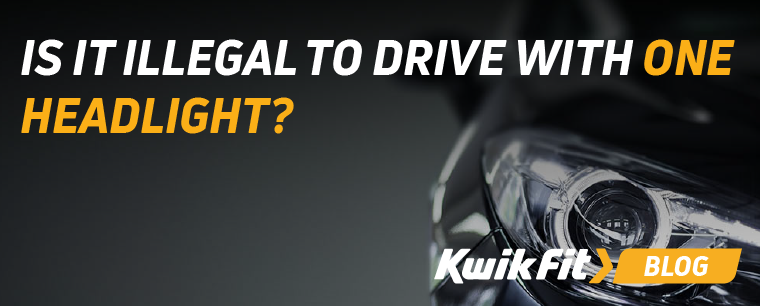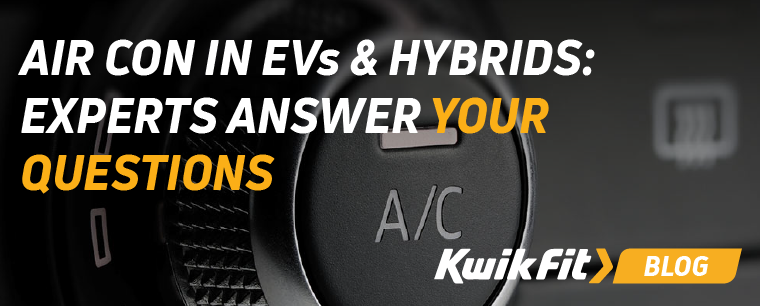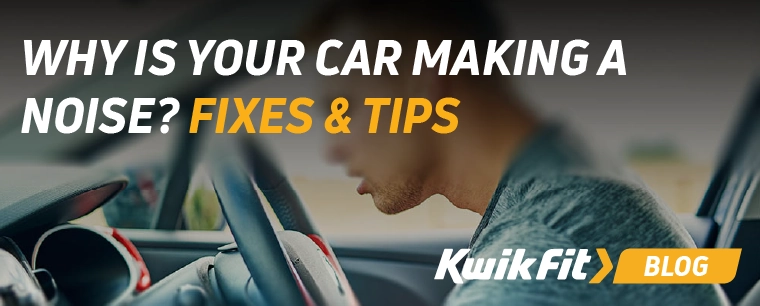Can I Put Car Tyres on a Caravan?
Jack Dreyer | Monday 22nd January 2024 10:00am

Since the pandemic, staycations have become increasingly popular ó as have caravan holidays. As a result, more and more people are experimenting with ways to run their caravans for less, leading to an influx of drivers using their car tyres as an alternative.
But is this safe?
While there is no straightforward answer, this blog will explore the implications of putting car tyres on a caravan as well as provide some tips about the different types of tyres. So, if youíre planning a caravan trip anytime soon, read this article to stay informed.
Caravan tyres
Generally speaking, you could use high-quality car tyres on a caravan to tow it ó but that doesnít mean you should.
When you buy a caravan new, the tyres it comes with will be specific to the vehicle itself. Although they may be roughly the same size as normal car tyres, it is often the case that the sidewall is reinforced and made stronger to handle the extra weight.
Whatís more, since caravans are often stationary for long periods of time, the tyres they come fitted with will reflect this specification in their design too Ė being stronger and maybe having different grip patterns. When stationary, the tyres of a caravan take a lot of weight in concentrated specific areas, meaning the sidewalls need to be strengthened to prevent a blowout or a rupture.
While sitting stationary for months or even years, caravan tyres are more susceptible to weathering from the elements and rubber corrosion. Would you want to put high-quality car tyres on a caravan just to see them erode over time?

What to consider when changing your caravan tyres
There are a number of reasons why choosing caravan tyres over car tyres for your caravan is incredibly important, for the safety of yourself and other road users. Letís take a look at the main factors to consider when changing your caravan tyres.
Axle type
One of the most common reasons why drivers think itís ok to use caravan and car tyres interchangeably is the axle type.
Many caravans have a twin axle like cars. This is often used as an excuse for drivers to put regular car tyres on caravans, since the load is spread more evenly. Some caravans, on the other hand, only have a single axle and require two tyres which, when considering the heavy weight of the caravan, is too much load to bear for car tyres used to sharing the load among four.
Weight
When choosing the right tyre for your caravan, youíll need to factor in the weight limit. Itís all well and good fitting tyres when your caravan is empty, but imagine the weight difference between it being bought new and the first day of a two-week-long summer holiday with your entire family on board ó then it becomes an entirely different story.
You can find the weight limit in your caravanís documentation. Once located, divide the weight between four (or two) and you have the maximum weight that each tyre can carry. On the sidewall of each tyre should be the maximum weight limit it is capable of carrying, so if youíre beneath that ó youíre golden.
Width
Another factor that comes into play when choosing caravan tyres is their width. Make sure you follow the guidance from your caravan manufacturer to ensure you donít choose tyres that are too wide for the wheel housing, or not wide enough to support the weight.
Do caravan tyres cost more?
You may be concerned about the costs of changing your caravan tyres, particularly during the current cost of living crisis. It wouldnít be unreasonable to think that caravan tyres would cost more than car tyres, and there is some truth in this. However, the costs are maybe not as drastic as you might think.
Depending on the brand and size, caravan tyre prices can start from £40, while car tyres normally retail for between £30 - £100. Caravan tyres usually need changing every 6 years, while car tyres should be changed every 3-10 years depending on different factors.

Stick to the right tyres
So, if youíre planning to use your car tyres on your caravan, we would recommend otherwise - unless in emergency situations when youíve deciphered the compatibility of your tyres. Usually, though, the weight, width, and sidewall strength are simply not designed for caravan use. Something more similar to van tyres, however, could be more appropriate.
If you are looking for high-quality tyres for your car, instead of your caravan, Kwik Fit has you covered. Shop our online range of tyres today or, for any questions about your tyres and their specifications, get in touch with the experts at your local Kwik Fit centre. Stay safe out there!
Any facts, figures and prices shown in our blog articles are correct at time of publication.
Featured Articles
Is it Illegal to Drive With One Headlight?
Saturday 19th July 2025
Wondering if itís illegal to drive with one headlight? Learn about the safety risks and penalties of illegal blown bulbs and why you should fix them promptly.
Air Con in EVs & Hybrids: Experts Answer Your Questions
Monday 30th June 2025
Does air con drain EV batteries? Can you use the air con while charging an electric car? Find out the answers to these questions & more from Kwik Fitís experts.
Why Is Your Car Making a Noise? Fixes & Tips
Friday 13th June 2025
When your car starts making unexpected noises, it can certainly be quite disconcerting; it may be nothing to worry about, but hereís what you need to know.









